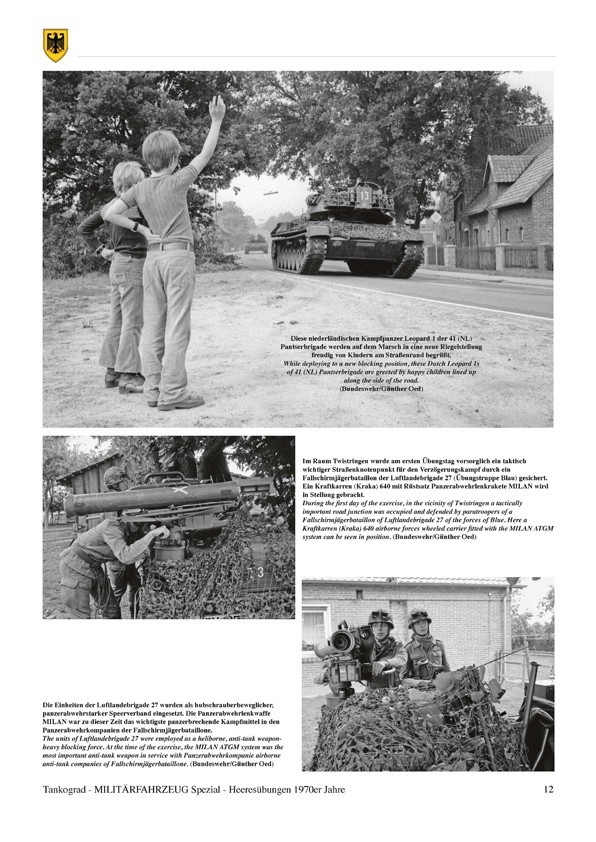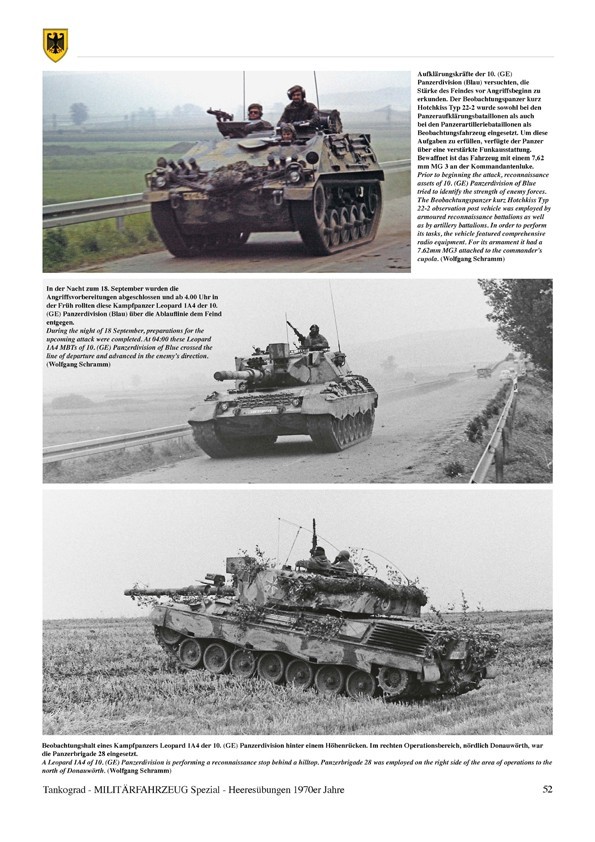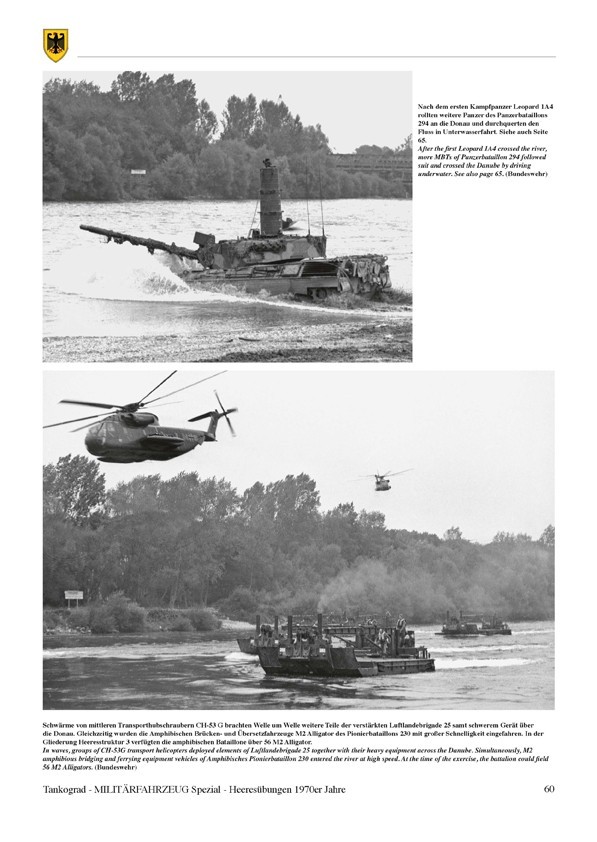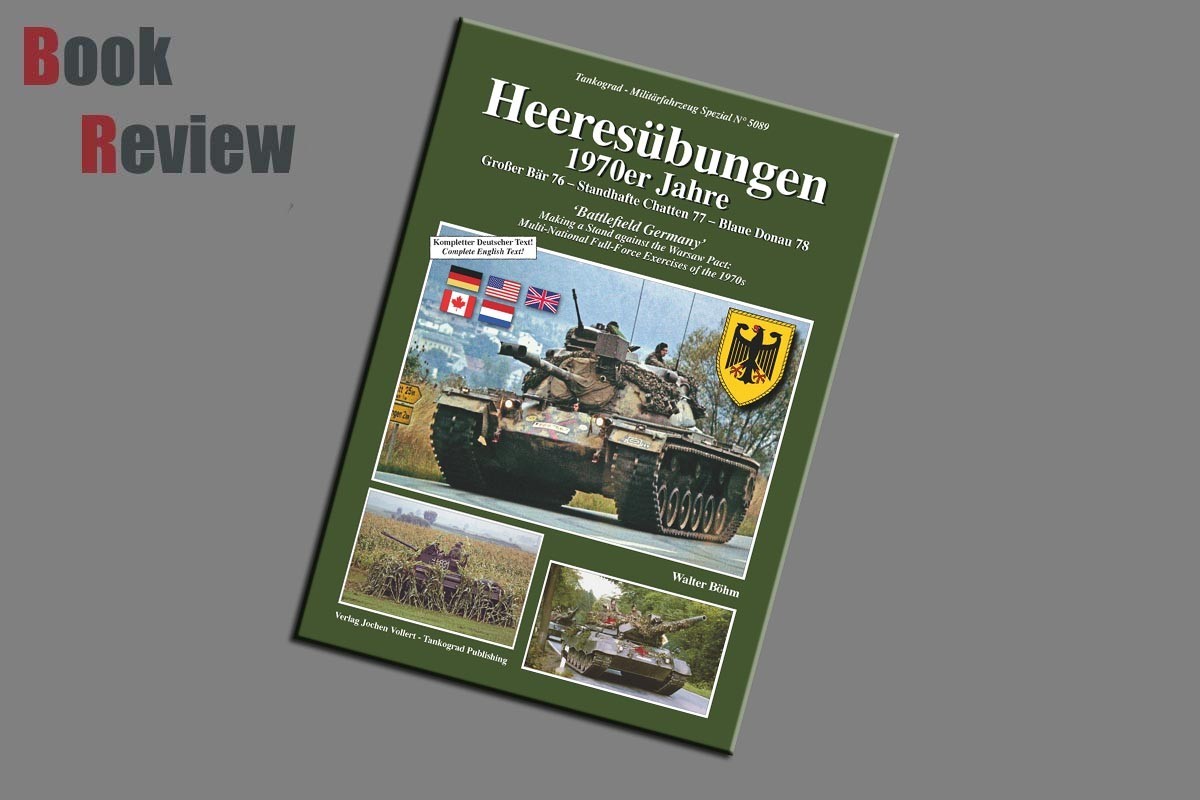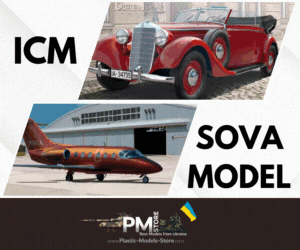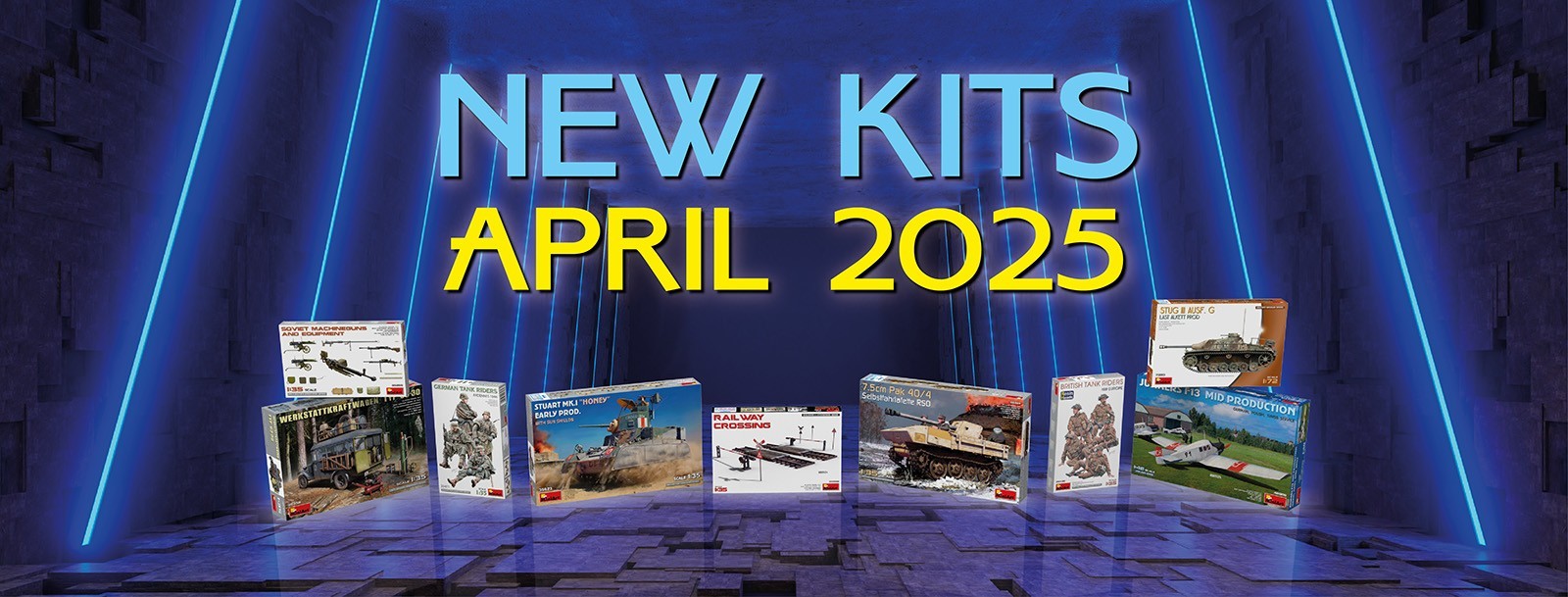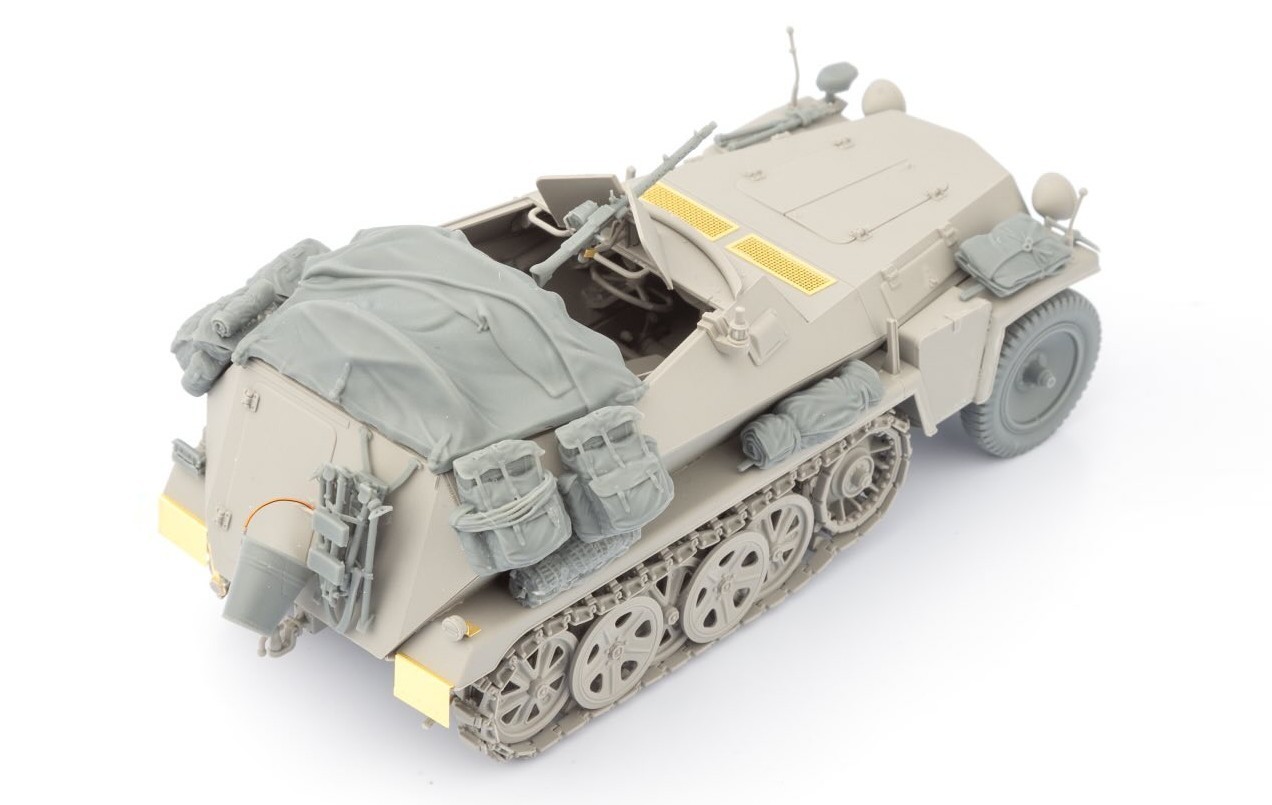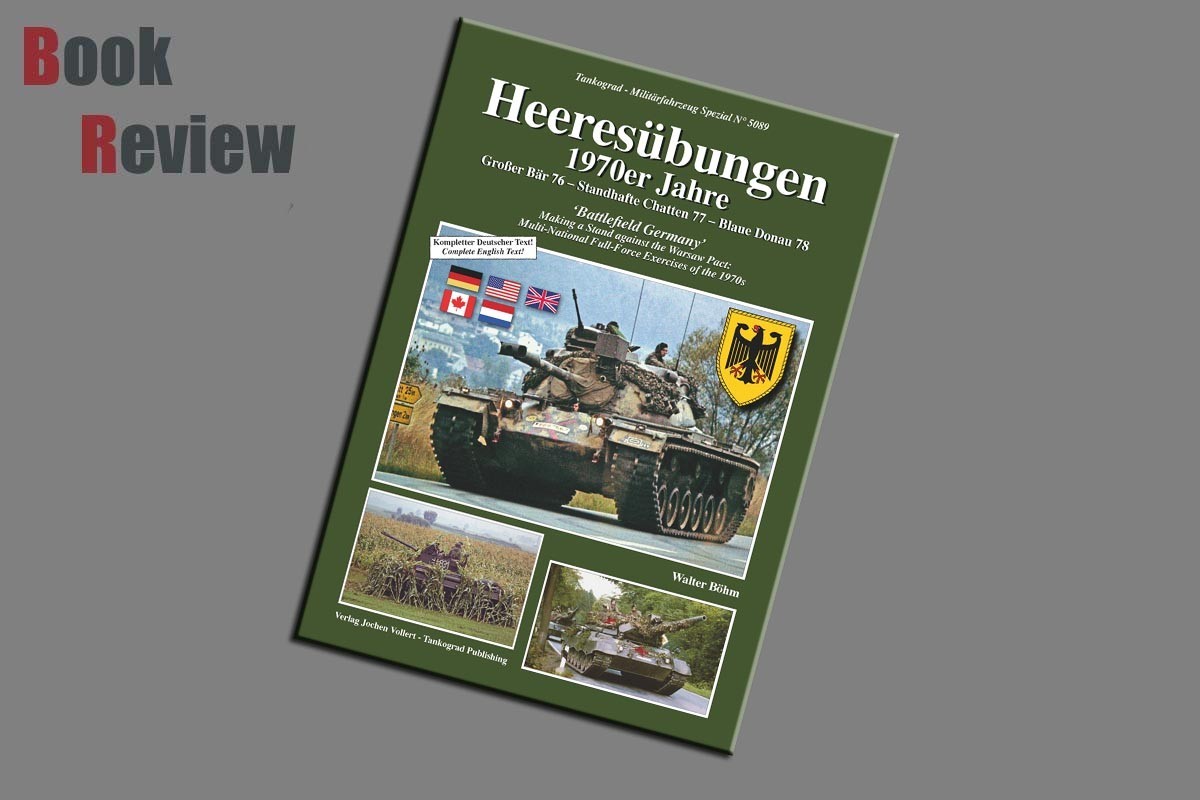
Introduction
The following introduction is as supplied by Tankograd:
"Battlefield Germany": The three corps of the German Army had a key role in NATO's defence plan for West Germany during the time of the Cold War. Missions of the different corps focused on possible main points of entry that might be used by well-equipped tank armies of the Warsaw Pact: I. (GE) Corps was responsible for the north German plain, III. (GE) Corps for the Fulda Gap and II. (GE) Corps for the low and high mountain ranges of southern Germany. In the 1970s, in turn each of the German corps conducted a Heeresübung full-force field training exercise (FTX) with participating Allied units from the US, UK, Canada and the Netherlands. This is the story of three of these major FTXs and the military vehicles involved.
Review
This offering from Tankograd publishing, is a soft backed book with a glossy card cover protecting 64 glossy pages within. This is one of Tankograd’s duel language books, with German on the left and English on the right side of each page. The author of this offering is Walter Bohn, who is a prolific author of Tankograd titles.
The contents of this title are laid out as follows:
Heeresubung 1976 GroBer Bar
Heeresubung 1977 Standhafte Chatten
Heeresubung 1978 Blaue Donau
This offering from Tankograd, being a duel language publication can be a little distracting if you are not used to the style. However, I have become accustomed to this and it no longer effects my enjoyment of the books. The text is presented in a formal manner, providing the detail via bullet points, and short paragraphs. Due to this presentation style the information is easily taken in. Each of the chapters provides a good outline of the purpose of each exercise, and a look at the forces involved. For the most part these tend to be German, American and British forces and covers a very good selection of the vehicles that were front line in the 1970s. Graphs within the title show you the breakdown of the forces, covering both support and combat vehicles utilised within these exercises, by the various armed forces.
One of the beauties of the titles from Tankograd, is that you are presented with a great selection of period photographs in most cases, and this release is no different. You are provided with a good mix of quality photographs in both colour and black and white, and each photograph is also provided with a well written caption, again in English and German. One of the things that always worries me about period photographs from the ‘70s and ‘80s are that colour photographs tend to be fuzzy. I am very pleased to say, that that is not the case in this publication. The result of this are photographs that enable the modeller to pick out details they may otherwise miss, and will be particularly useful when it comes to weathering or placing a model in a realistic setting.
Conclusion
This title from Tankograd, being one that covers three exercises during the 1970s. It is possible that a number of members on the site will have taken part in one or more of these exercises. So this may jog memories, of good or bad times. The modeller who has never served in the military, will gain the benefit, of seeing vehicles of the period in realistic settings and conditions.
